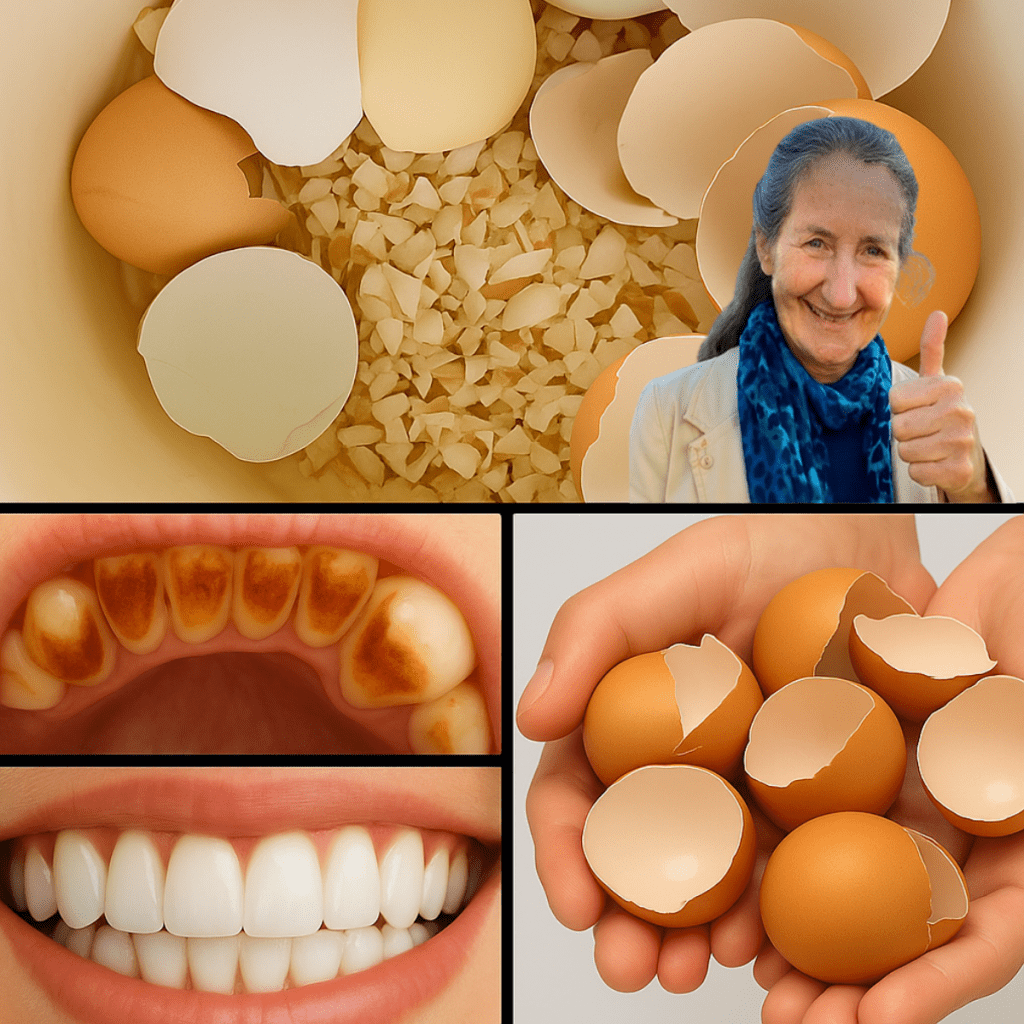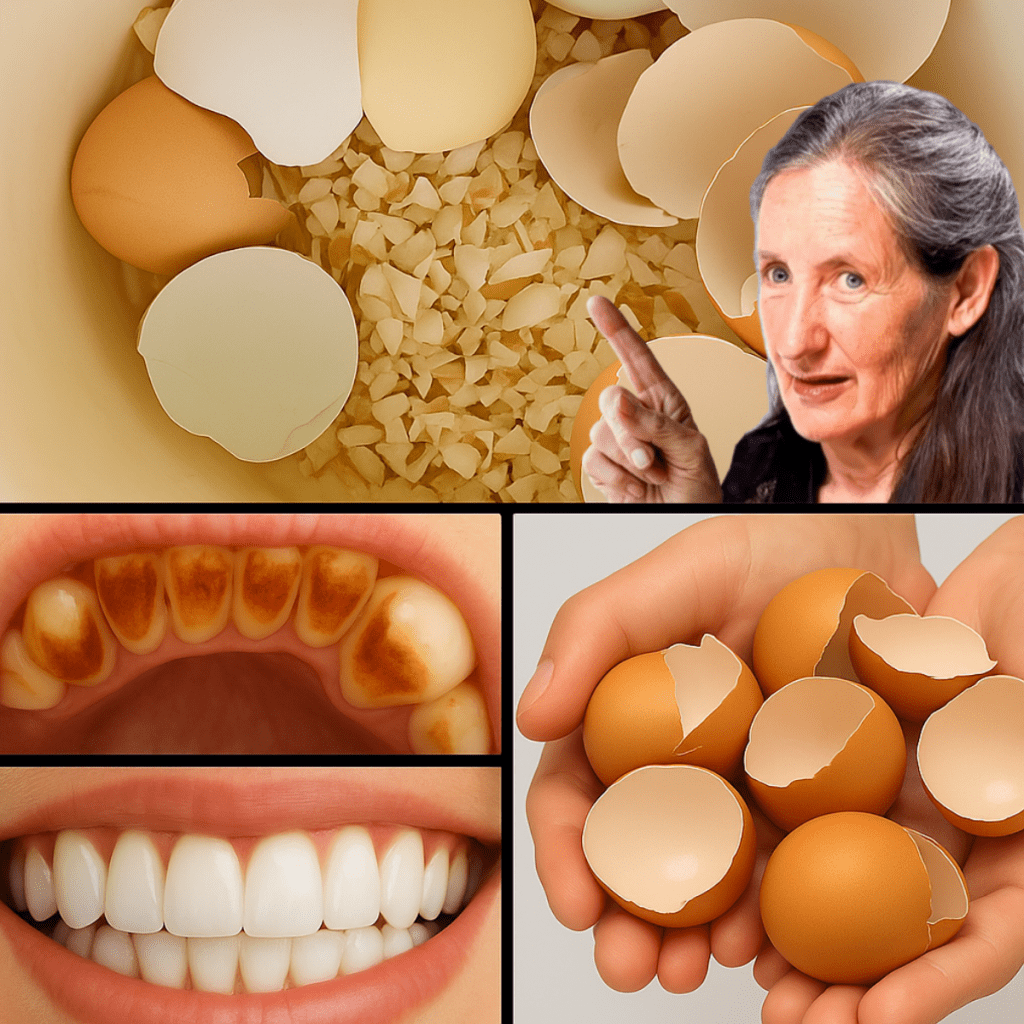Imagine flashing a confident, radiant smile that lights up every room. Your teeth, gleaming like polished pearls, draw compliments and boost your self-esteem. For many, yellowing teeth can dim that sparkle, leaving you hesitant to smile wide. You’re not alone—millions are on a quest for a brighter smile, but the flood of products, TikTok hacks, and bold claims can be overwhelming. Can you really achieve a Hollywood-worthy smile safely? How long does it take? And what methods won’t harm your teeth? This guide dives deep into the science of teeth whitening, offering practical, expert-backed solutions to help you achieve a dazzling smile while keeping your dental health first. Let’s unlock the secrets to a whiter, healthier smile that keeps you grinning for longer.

😬 Why Do Teeth Turn Yellow? The Hidden Culprits
Your teeth are unique, just like your fingerprint, but they don’t stay pearly white forever. Over time, even the brightest smiles can fade to a yellowish hue. Understanding why this happens is the first step to reclaiming your glow.
Coffee, red wine, and dark sodas are notorious for leaving stains that cling to enamel. That morning latte or evening glass of merlot? They’re quietly working against your smile. Tobacco, whether smoked or chewed, is another major offender, coating teeth with stubborn, yellowish residue. Aging plays a role too—as enamel thins, the naturally yellow dentin beneath peeks through, dulling your smile’s shine. Poor oral hygiene lets plaque and stains build up, while certain medications, like tetracycline, can cause discoloration from within.
By pinpointing the cause, you can choose the right whitening method and adopt habits to maintain that sparkle. Knowledge is power—let’s use it to brighten your smile.
🕒 The “Five-Minute Miracle” Myth: Can Teeth Really Transform That Fast?
Social media is buzzing with promises of “pearl white” teeth in just five minutes. Sounds tempting, right? But let’s get real: no safe, scientifically supported method can deliver such instant results. Dental experts agree that dramatic whitening takes time, whether you’re at the dentist’s office or using at-home products.
Professional treatments can lighten teeth by several shades in about an hour, but even these don’t turn deeply yellow teeth snow-white in one go. At-home options, like whitening strips or gels, typically need one to two weeks of consistent use to show noticeable results. Those viral hacks claiming instant miracles? They often exaggerate or, worse, risk damaging your teeth. Stick with us as we explore methods that actually work—safely and effectively.
🦷 Safe and Proven Teeth Whitening Methods to Shine Bright
When it comes to whitening, not all methods are created equal. The key is choosing options that are safe, effective, and backed by science. Here’s a breakdown of the best approaches to get your smile glowing.
1. Professional In-Office Whitening: The Gold Standard
Nothing beats the expertise of a dentist for fast, dramatic results. In-office whitening uses high-potency hydrogen peroxide or carbamide peroxide to break down deep stains. These treatments, lasting 30 to 60 minutes, can lighten teeth by several shades in a single session.
Dentists take precautions to protect your gums and monitor sensitivity, ensuring safety and comfort. While some may need multiple sessions for optimal results, the transformation is often immediate and striking. If you’re after a quick, reliable way to elevate your smile, this is your best bet.
2. Dentist-Prescribed At-Home Trays: Professional Results at Home
For those who prefer whitening at their own pace, dentist-prescribed trays offer a powerful solution. Your dentist crafts custom-fitted trays that hug your teeth perfectly, ensuring even gel application. You fill these trays with professional-strength whitening gel and wear them as directed—often for a few hours or overnight.
Results typically appear within two weeks, and with proper care, they can last up to two years. This method combines the convenience of at-home whitening with the reliability of professional oversight, making it ideal for busy schedules.
3. Over-the-Counter Whitening Products: Accessible and Effective
If professional treatments aren’t in your budget, over-the-counter products can still deliver solid results when used correctly. Look for products with the American Dental Association (ADA) Seal of Acceptance to ensure safety and efficacy.
Whitening strips are a popular choice—flexible, peroxide-coated strips that you apply daily for one to two weeks. They can lighten teeth by one or two shades, offering noticeable improvement. Whitening gels, brushed directly onto teeth, work similarly over the same timeframe. Whitening toothpastes, with mild abrasives or low-dose peroxide, tackle surface stains but offer subtler results. Whitening rinses, used twice daily, may take up to three months to show modest changes.
Each option has its strengths, so choose based on your lifestyle and whitening goals. Consistency is key to seeing results that make you smile.

🚫 The Truth About Home Remedies: Proceed with Caution
The internet is full of DIY whitening hacks—baking soda scrubs, lemon juice, activated charcoal, even strawberries. While they might sound natural and cost-effective, most come with risks. Baking soda, when used sparingly, can gently remove surface stains, but overuse can erode enamel, leaving teeth vulnerable. Acidic remedies like lemon juice or vinegar are even worse—they weaken enamel, increase sensitivity, and may make teeth appear yellower over time.
Dental professionals warn against these unproven methods. Stick to ADA-approved products or consult your dentist to avoid harming your smile in the pursuit of brightness.
⚠️ Risks to Watch For: Keeping Your Smile Safe
Whitening is generally safe when done right, but it’s not without potential side effects. Tooth sensitivity is common, especially with peroxide-based products, but it’s usually temporary. Using products designed for sensitive teeth or spacing out treatments can help. Gum irritation can occur if whitening agents contact soft tissue, but dentists minimize this risk during professional treatments.
Overusing whitening products or relying on abrasive home remedies can damage enamel, leading to increased sensitivity and a higher risk of cavities. If you have dental restorations like crowns or fillings, note that whitening products won’t affect their color, which could lead to uneven results. Always consult your dentist before starting, especially if you have existing dental work or sensitivity.
🌟 Tips to Keep Your Smile Radiant and Healthy
Achieving a whiter smile is just the beginning—maintaining it takes effort. Adopt these habits to keep your teeth sparkling and healthy:
Brush twice daily with fluoride toothpaste to remove plaque and prevent stains.
Floss daily to clean between teeth where stains can hide.
Limit staining culprits like coffee, tea, red wine, and dark sodas.
Rinse your mouth with water after consuming staining foods or drinks to minimize their impact.
Steer clear of tobacco—it’s a major cause of yellowing and oral health issues.
Schedule regular dental cleanings and checkups to keep your smile in top shape.
Small, consistent actions make a big difference in preserving your bright smile.
🩺 Why Your Dentist Should Be Your First Stop
Before diving into any whitening regimen, a visit to your dentist is a must. They can assess your dental health, identify any issues like cavities or gum disease, and recommend the best whitening method for you. If you have sensitive teeth or dental restorations, your dentist can tailor a plan to avoid complications. This step ensures your whitening journey is safe, effective, and customized to your unique smile.
🔑 Your Path to a Confident Smile: Key Takeaways
A radiant smile is within reach, but it takes the right approach to get there safely. No product can deliver “pearl white” teeth in five minutes—safe whitening requires days to weeks, depending on the method. Professional treatments offer the fastest, most dramatic results, while over-the-counter products provide affordable, gradual improvements. Avoid risky home remedies that can damage enamel, and always follow product instructions or your dentist’s guidance.
Your smile is a reflection of your confidence and health. By choosing safe, proven whitening methods and maintaining good oral hygiene, you can achieve a brighter, more vibrant smile that lasts. Ready to shine? Consult your dentist, pick the right method, and let your smile steal the show.
💬 Share the Shine
Know someone dreaming of a brighter smile? Share this guide to help them whiten their teeth safely and effectively. Your perfect smile is waiting—start your journey today!









